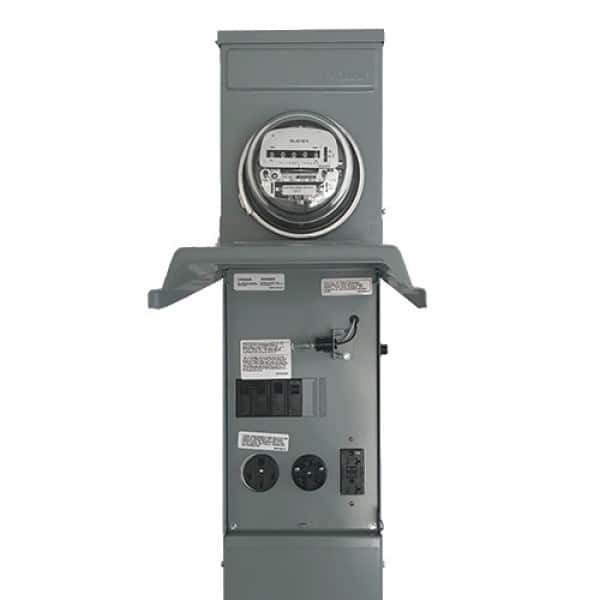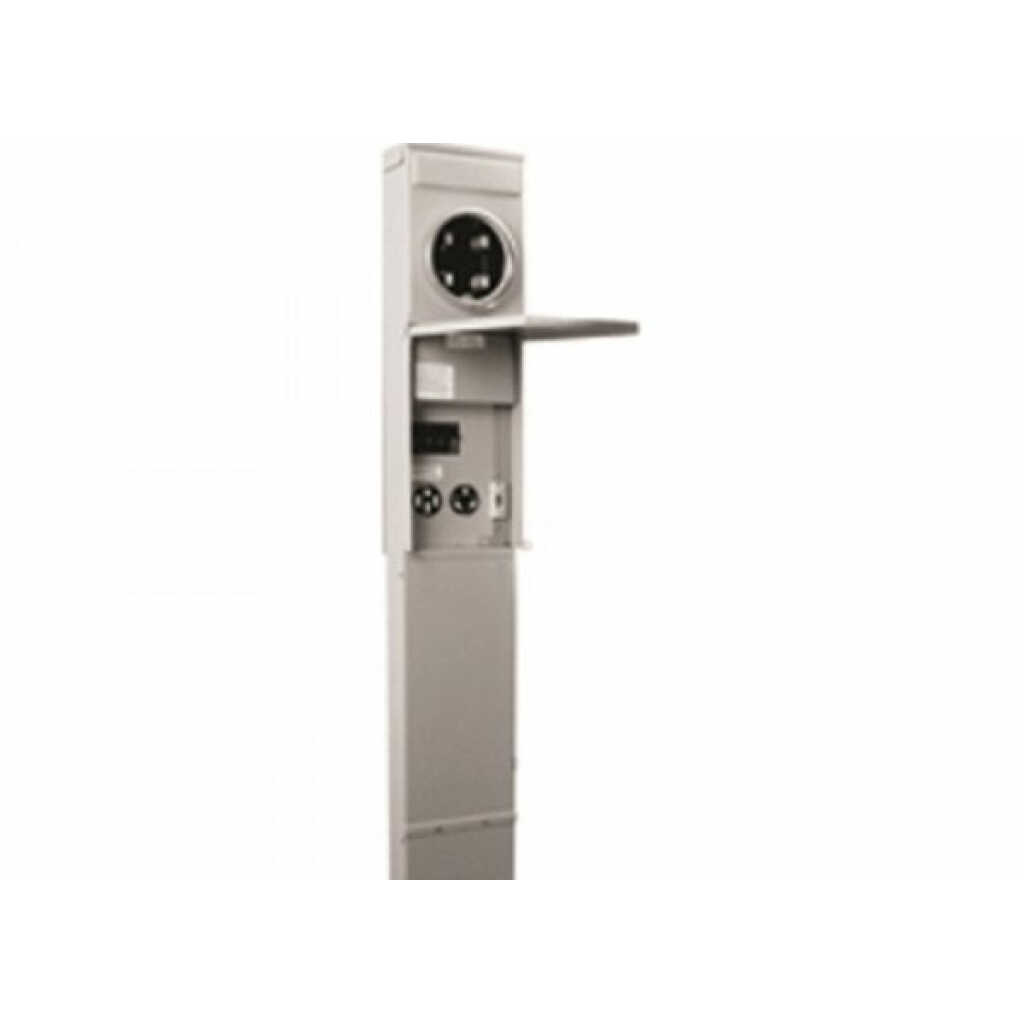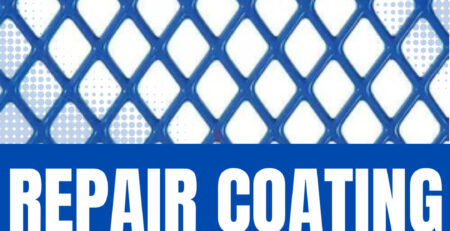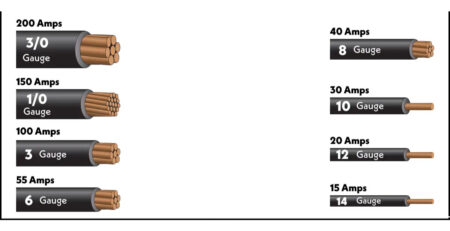
1. SCCR (Short-Circuit Current Rating):
SCCR refers to the maximum amount of fault current a component, assembly, or system can withstand without suffering damage. This rating is essential for ensuring the safety of electrical systems, as short-circuit faults can lead to catastrophic consequences, including fires, equipment damage, and electrical hazards. Manufacturers assign SCCR values to their products, enabling engineers and electricians to design and install systems that can handle potential short-circuit scenarios.
SCCR Factors to Consider:
- Equipment Type: Different types of electrical equipment, such as circuit breakers, fuses, and motor controllers, have varying SCCR requirements.
- Available Fault Current: Understanding the fault current available at a specific location helps determine the appropriate SCCR for equipment to prevent overcurrent damage.
- Coordination Studies: Engineers perform coordination studies to ensure that downstream devices have appropriate SCCR values to handle fault currents without causing unnecessary tripping of protective devices.


2. AIC (Ampere Interrupting Capacity):
AIC, also known as Interrupting Rating (IR), is a measure of a device’s ability to safely interrupt the flow of current during a short circuit. It represents the maximum current level that a protective device, such as a fuse or circuit breaker, can interrupt without causing damage. Choosing a protective device with a suitable AIC is crucial for preventing overheating, fires, and other hazards.
Factors Influencing AIC Selection:
- Fault Current Levels: A higher fault current requires a protective device with a higher AIC rating to ensure safe interruption.
- System Voltage: The voltage level of the electrical system affects the AIC requirement, as higher voltages can lead to increased arcing and thermal stress during interruption.
- Equipment Protection: Different equipment types may have unique AIC requirements, so selecting protective devices that match the equipment’s characteristics is essential.
Practical Implications and Benefits: Understanding SCCR and AIC has several practical implications, including:
- Enhanced Safety: Properly rated components and protective devices prevent electrical hazards and reduce the risk of fires and equipment damage.
- Compliance: Adhering to SCCR and AIC requirements ensures compliance with industry standards and codes.
- Efficient System Design: Knowledge of these terms enables engineers to design systems that are reliable and capable of handling potential faults.
Conclusion: In the realm of electrical engineering, technical terms like SCCR and AIC hold significant importance in maintaining safety and efficiency. These terms empower engineers and electricians to design, install, and maintain systems that can handle potential faults without compromising safety. By understanding the meanings and implications of SCCR and AIC, professionals can contribute to safer and more reliable electrical systems in various industrial and commercial applications.






